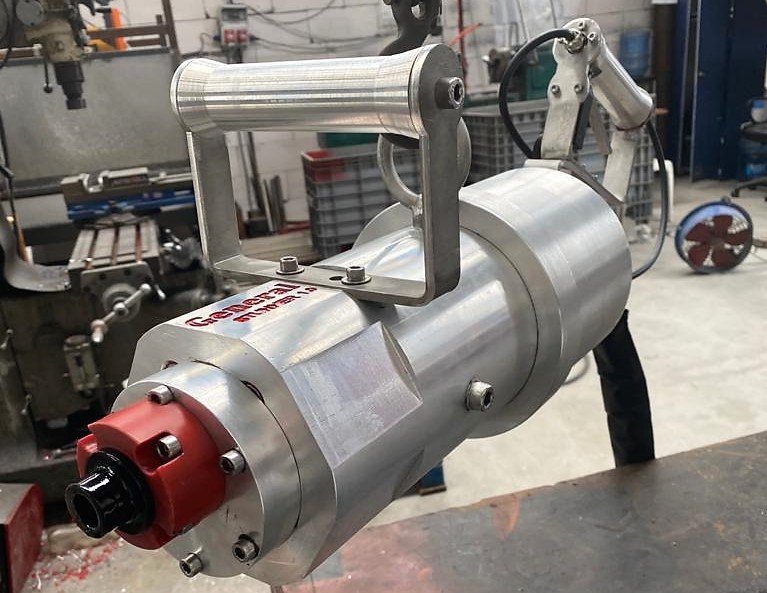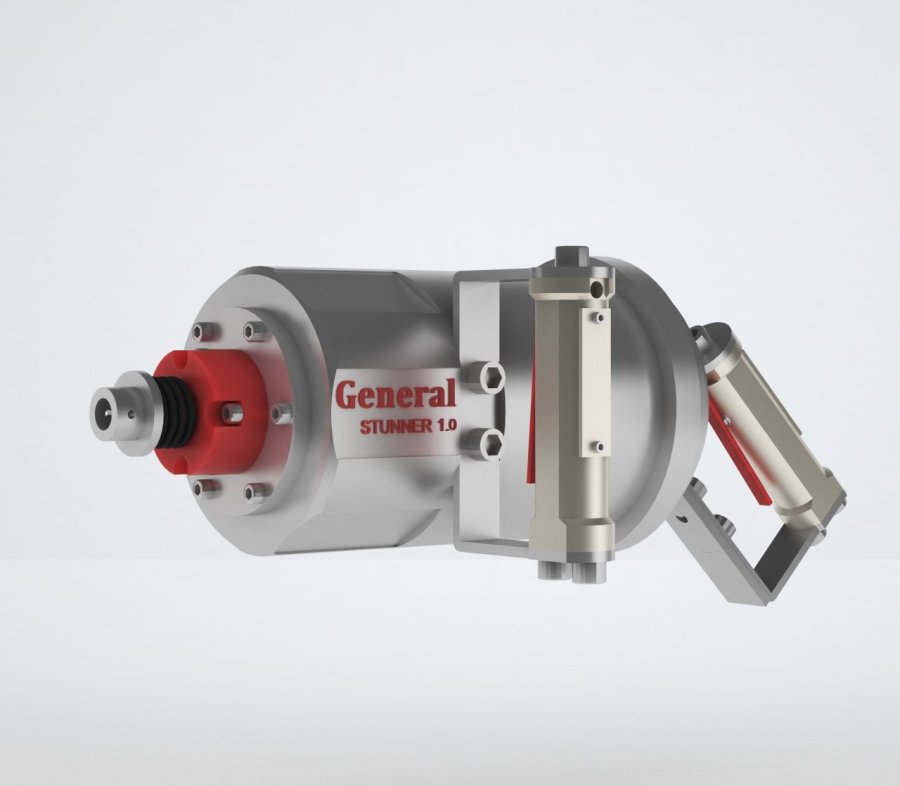
Reducing Animal Stress Before Slaughter
Learn humane, science-backed methods for reducing animal stress before slaughter to improve welfare, safety, and meat quality.
06 November, 11:11
Reducing animal stress before slaughter is not just a moral obligation — it is a legal, scientific, and industry-critical requirement. Stress affects animal welfare, meat quality, employee safety, and public perception of the food industry. From behavioral science to facility design, understanding how to manage and minimize anxiety in livestock is essential for modern, humane food production.
Consumers today care about where their food comes from. Farms and processing facilities are under growing scrutiny, and humane handling is no longer a “nice-to-have” — it is a defining standard of responsible agriculture. This makes reducing animal stress before slaughter both an ethical duty and a business necessity.

Why Stress Matters Before Slaughter
Stress matters significantly before slaughter due to the adverse effects it has on animal welfare and meat quality. When animals experience fear, pain, or aggressive handling, several physiological reactions occur, including elevated cortisol and adrenaline levels, higher heart rate and respiration, and muscular tension and energy depletion. These stress responses not only compromise the well-being of the animals but also increase the risk of injury to animals and handlers.
As a result, the consequences are far-reaching. Stress leads to lower meat quality, manifesting as dark, firm, dry meat in cattle and pale soft meat in poultry. Additionally, it causes increased bruising and carcass defects, which complicate processing and ultimately result in reduced processing efficiency. This chain of events can culminate in higher financial losses for producers.
Key Principles to Reduce Stress
Calm & Predictable Handling
Animals respond negatively to loud noises, sudden movements, and unfamiliar stimuli. Handlers should use:
-
Low-noise equipment
-
Gentle voice communication
-
Slow, steady movements
-
Flags instead of electric prods

Proper Facility & Pathway Design
Facility architecture can significantly influence stress levels in animals. Leading experts like Temple Grandin have emphasized the importance of curved chutes and solid side walls to prevent panic during handling. Proper design can create a more calming experience for the animals involved.
Best practices for optimal facility design include rounded alleyways that avoid sharp turns, ensuring smooth movement. The use of non-slip flooring is crucial to maintain safety, while consistent lighting that avoids harsh shadows or bright glares can help keep animals calm.
Additionally, elimination of visual distractions such as chains, hoses, and reflections is essential. Animals tend to feel more comfortable in environments that mimic natural herd movement, reducing their stress and improving overall welfare.
Reduce Noise & Human Disturbance
Reducing noise and human disturbance is crucial for maintaining livestock well-being. Stress indicators spike when livestock are exposed to various stimuli, such as shouting, machinery noise, metal clattering, and fast group movement. These disturbances can lead to heightened anxiety and discomfort among the animals, ultimately affecting their health and productivity.
Implementing quiet zones and employing trained handlers can make a measurable difference in managing these stressors. By minimizing exposure to loud noises and chaotic movements, livestock can experience a more tranquil environment, promoting their overall well-being. Creating such conducive spaces benefits not only the animals but also enhances the efficiency of farming operations.
Gentle Loading & Transport Practices
Transport is one of the most stressful phases in an animal's journey. To minimize distress, it is essential to load animals at comfortable angles that promote their well-being. Ensuring adequate space is crucial; avoid overcrowding to allow each animal to feel secure and comfortable during transit. Additionally, ensure temperature control and ventilation within the transport environment to maintain a suitable climate.
Upon arrival, it is important to provide calm rest periods to help animals acclimate and recuperate from the journey. Animals should never be rushed, as haste leads to panic and injuries, further exacerbating their stress levels.
Water & Rest Access Before Slaughter
Access to water and rest before slaughter is crucial. Dehydration and exhaustion increase stress and can lead to meat defects. Providing fresh water and short resting periods ensures stability and calmness during handling. This practice not only improves animal welfare but also enhances the quality of the meat produced.
Using Stunning Methods Correctly
Humane stunning — when done accurately — prevents pain and eliminates panic during slaughter. Methods may include:
-
Captive-bolt stunning (cattle)
-
Electrical stunning (poultry, sheep)
-
Controlled atmosphere stunning (pigs and poultry)

Beyond Basics: Emotional Intelligence in Animal Welfare
While equipment and procedures are vital, one overlooked factor is the emotional presence of handlers. Animals sense anxiety, frustration, and aggression. A calm workforce produces calm animals.
Investing in:
-
Staff training
-
Psychological awareness
-
Stress-free worker environments
What Makes This Topic Unique Today?
Modern consumers are more connected to food ethics than ever. Videos from farms and facilities can spread globally in minutes. Transparency isn’t optional — it’s expected. Focusing on emotional comfort rather than only physical control reflects a shift toward compassionate agriculture. Humane treatment is no longer viewed merely as compliance — it is part of brand reputation, sustainability, and global food trust.